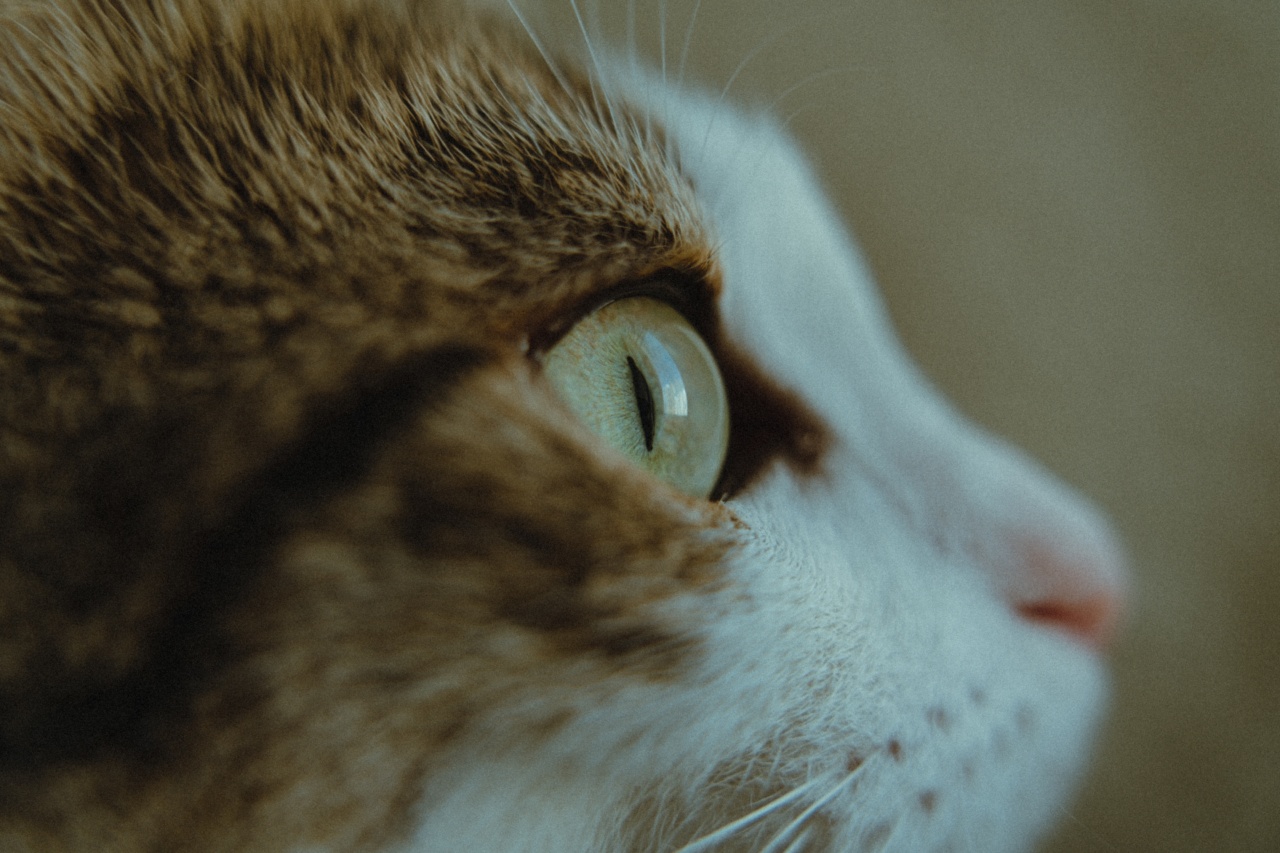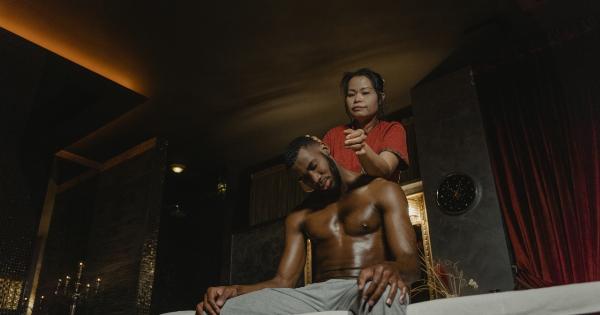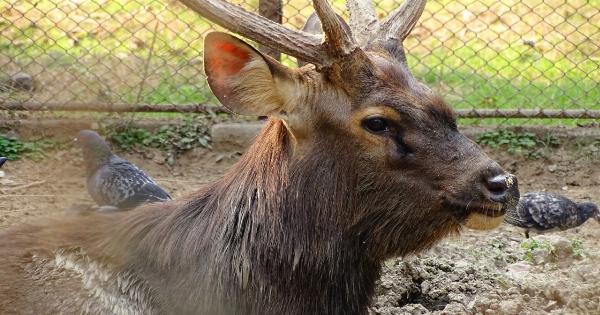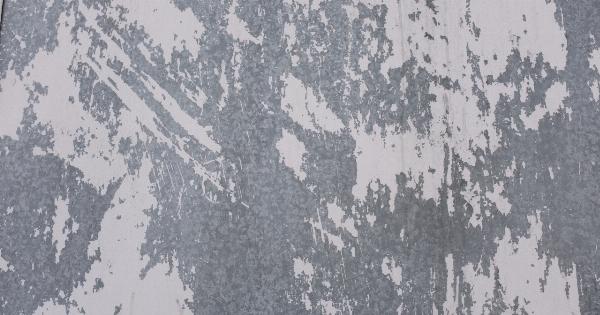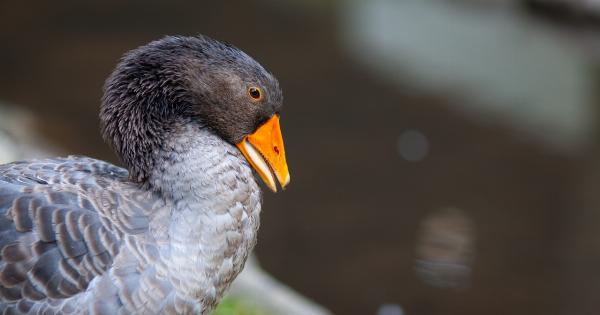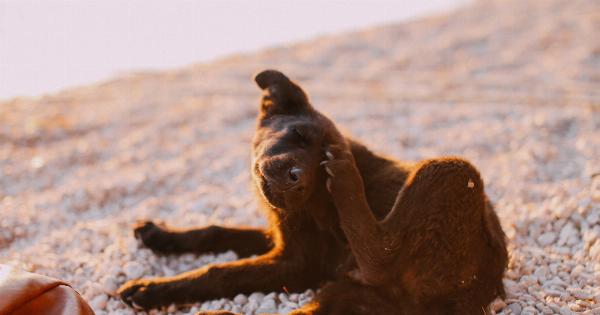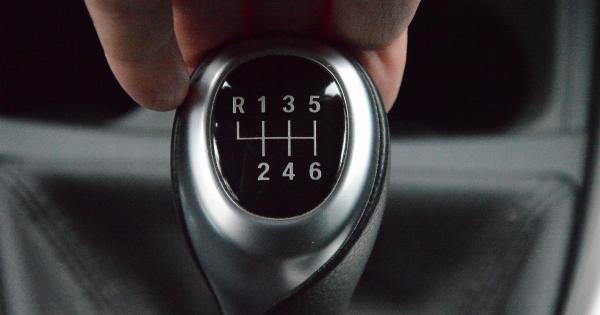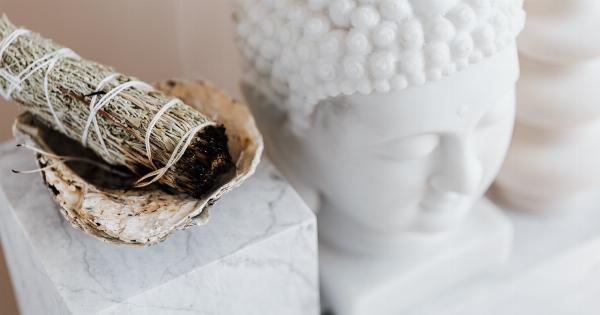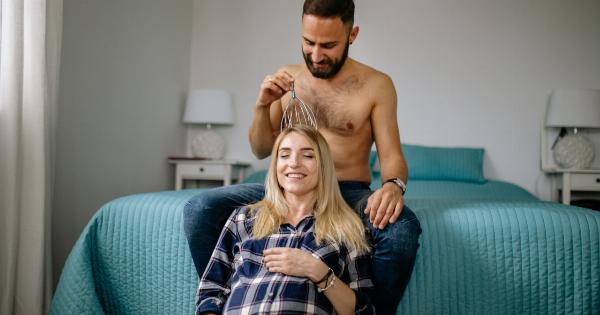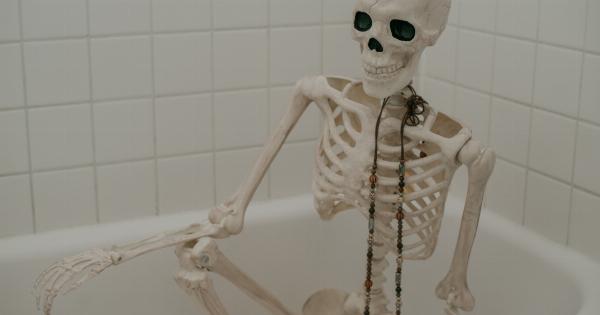Head lice are parasitic insects that live on the human scalp and feed on human blood. They are highly contagious and can cause scalp irritation and itching. Despite their common occurrence, there are still many misconceptions about head lice that persist.
Here are the top 10 misconceptions about head lice:.
Misconception #1: Head lice only affect dirty people
Head lice do not discriminate between clean and dirty hair. They can infest anyone, regardless of their personal hygiene. Lice are spread from person to person through close contact, and are not a reflection of someone’s cleanliness.
Misconception #2: Head lice are dangerous
While head lice can be uncomfortable and inconvenient, they are not dangerous. They do not transmit diseases or cause serious medical problems.
Misconception #3: Head lice can jump from person to person
Contrary to popular belief, head lice cannot jump or fly from person to person. They are spread through direct contact, such as sharing hair brushes, hats, or bedding.
Misconception #4: Head lice only affect children
Head lice can infest anyone, regardless of age. However, they are most commonly found in children because they are more likely to come into close contact with their peers.
Misconception #5: Head lice can be cured with over-the-counter products
While there are many over-the-counter products designed to treat head lice, they are not always effective. In some cases, prescription medications or the services of a professional lice removal company may be necessary.
Misconception #6: Head lice prefer long hair
Head lice do not have a preference for long hair over short hair. It is true that longer hair may provide more opportunities for lice to spread, but the length of someone’s hair is not a determining factor for whether they will get head lice.
Misconception #7: You can prevent head lice by washing your hair frequently
While it is important to maintain good hygiene, washing your hair frequently will not prevent head lice. Lice are spread through contact, not by dirty hair.
Misconception #8: Head lice can be eradicated through cleaning
While it is important to clean bedding and clothing that has come into contact with someone who has head lice, cleaning alone will not eradicate the infestation.
Additionally, lice can survive off the scalp for up to 48 hours, so it is important to thoroughly clean items that may have been exposed to lice.
Misconception #9: Head lice are a sign of poor parenting
Head lice can affect anyone, regardless of their parenting skills. While it is important to take steps to prevent the spread of lice, getting lice is not a reflection of someone’s parenting abilities.
Misconception #10: Head lice are only found in the hair
While head lice are most commonly found on the scalp, they can also be found in eyelashes and eyebrows. It is important to thoroughly check these areas if someone is suspected of having head lice.
